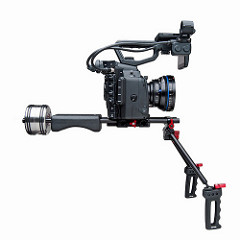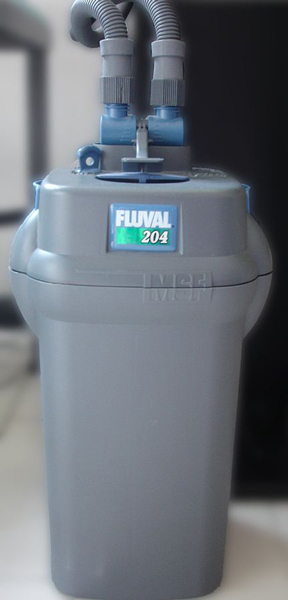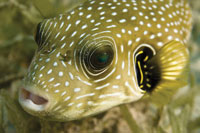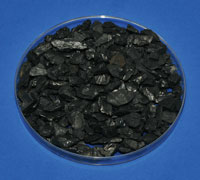Managing a saltwater aquarium is a challenging, but rewarding, hobby. As with many hobbies, it's important that you start properly - setting up your saltwater fish tank will make it much easier to maintain and manage the aquarium. Many factors are involved in the success of a tank, and consulting several experts to find a consensus opinion on saltwater fish tank setup is a useful strategy for novice aquarists.
Selecting Your Equipment
First, you must decide what size tank you wish to operate. When it comes to setting up the fish tank, generally the bigger the tank the better, because larger tanks have a more stable chemical balance and are more forgiving to beginners. Only seasoned aquarists should attempt to manage a 10-gallon saltwater tank; a good beginning size is generally thought to be around 55 gallons.
Size of the tank determines the size of the stand needed to hold your aquarium. Be sure to take into account the finished weight of the tank, including all equipment, fish, rocks/gravel, ornaments, and of course, the heaviest component - the water. Additionally, during saltwater fish tank setup, place a layer of foam, rubber or other impact absorbing material between the tank and the stand. Failure to buffer the bottom of the tank can lead to 'pressure points' which make tanks more vulnerable to cracking.
Choose lighting and filtration that are appropriate for the size of your tank and the amount of fish you wish to keep. Not providing adequate amounts of light and poorly circulated water can lead to serious problems (like algae) that are detrimental to fish health. Purchasing appropriate filters and light sources prior to saltwater fish tank setup will make your life much easier.
Of course, you must also choose a salt to use for your tank. There are several options available; whichever option you choose, be sure to avoid any that contain nitrates and phosphates. Common rock salt cannot be used as a substitute for marine salt during saltwater fish tank setup. Finally, you should purchase a good water test kit - maintaining the correct water balance is crucial to the success of your tank. Ph levels and nitrates are the most crucial components to monitor - some suggest the former should be checked at least weekly and the latter every other week.
The Final Step: Cycling
Once all of the equipment is gathered, it's time to fill the tank with water and test out its chemical stability. In the initial saltwater fish tank setup, it's fine to add the full amount of water (after removing any chlorine) and the amount of salt necessary for the tank separately. However, when adding water to a tank that has organisms in it, the salt and the water must be premixed. Failure to properly dissolve and stabilize the salt can kill your fish.
Once the initial chemical levels are correct, adding at least two test fish is advisable - these fish will produce waste that will need to be removed from the system, and the better your tank does this, the better the environment will be for your fish. Careful monitoring of the test fish will alert you to any problems - they are equivalent to the canary in the mineshaft. Adjustments following saltwater fish tank setup should be made before adding the final fish you wish to raise.

 Catch More Salmon - Follow These Simple To Implement Techniques
FLAT Rigs outriggers, shock cord snubber, and rigging kit i
Catch More Salmon - Follow These Simple To Implement Techniques
FLAT Rigs outriggers, shock cord snubber, and rigging kit i
 Canister Filters
In this article we will deal with a type of filter that many
Canister Filters
In this article we will deal with a type of filter that many
 Pufferfish Teeth Care
Because their teeth are constantly growing, pufferfish
Pufferfish Teeth Care
Because their teeth are constantly growing, pufferfish
 Red Worms
Q. I’ve seen advertisements for red worms as a food for fish
Red Worms
Q. I’ve seen advertisements for red worms as a food for fish
 Aquarium Carbon
Whether it is for a small betta bowl, 6 million gallons
Aquarium Carbon
Whether it is for a small betta bowl, 6 million gallons